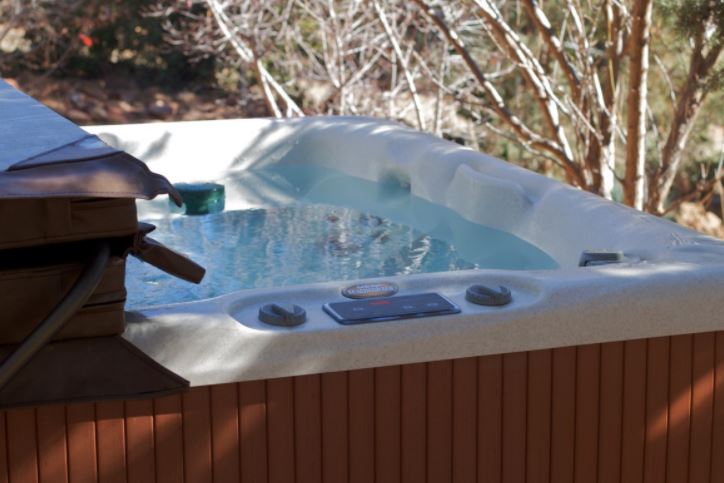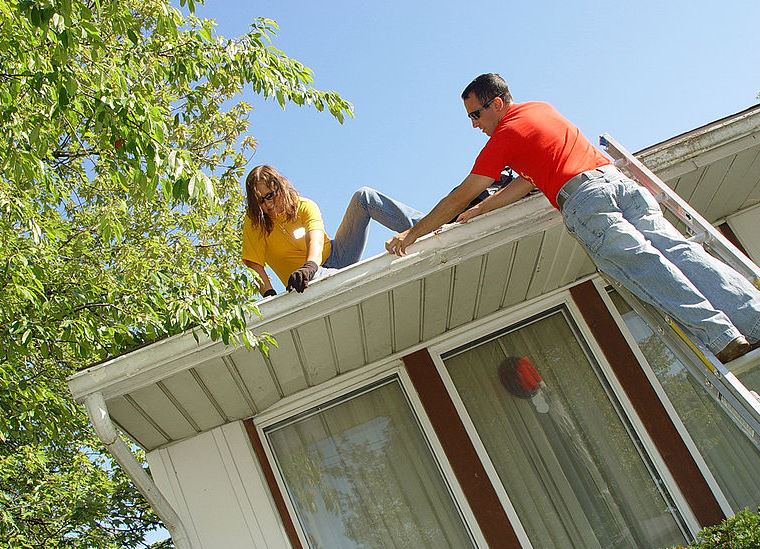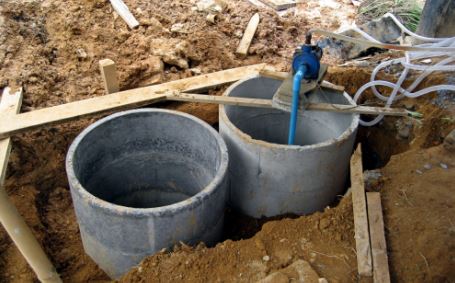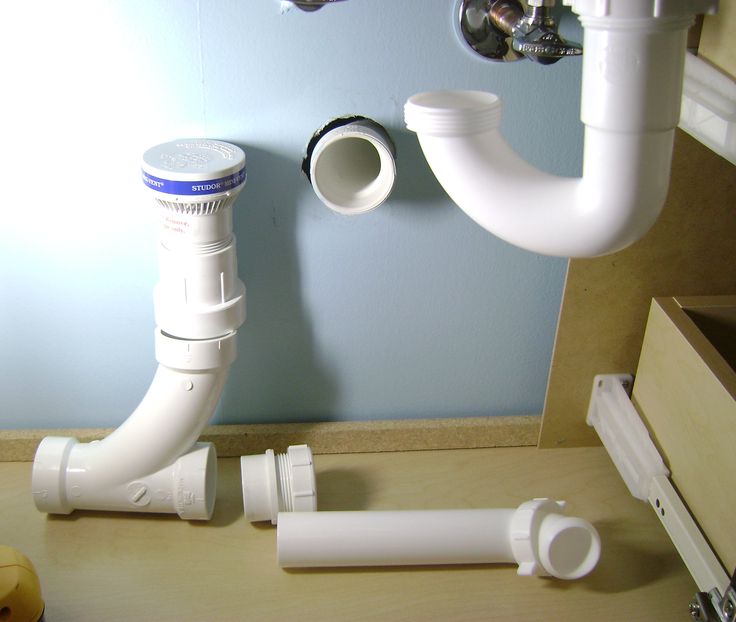
If you own a hot tub or spa, you know the many awesome benefits it can provide anyone who ever uses it. You also know what it cost, and now you need to learn how to properly take care of it.
The Association of Pool & Spa Professionals reported in a study that 77% of hot tub owners believe that cleaning and maintaining their spa is an easy job. But sometimes it’s not that simple.
With a handful of steps, your hot tub can last for several years. Putting forth effort to keep it around a couple more years to ensure its longevity is well worth the time. You may also call on the assistance of hot tub service professionals if needed.
Exterior
If you have an older hot tub, or one made of wood, the most important thing you can do to maintain it is to once a year refinish its wood surface. If you live in an environment with wide ranging temperatures and weather patterns, you likely know how much damage can be done to wood if it is not protected the right way.
The skirt covering the exterior of the unit is no different. A trip for supplies to your local home improvement store or local spa store. is worth the effort when your spa lasts for years and maintains its original look.
Filter
A part common to all hot tubs is the filter It must be cleaned with a hose every three or four months. It typically only needs the water from the hose. However, if you find that it’s not getting clean enough, there are filter cleaning solutions that you can use for to blast away muck and debris.
Safety Cover
Another feature of tub that requires your attention is the safety cover. An inspection each month will determine if there is any wear and tear that needs to be repaired. Damage to the safety cover can be a huge safety issue, especially with children around.
The safety cover should also be thoroughly washed at least once a month. Remember, the longer your hot tub lasts, the more enjoyment you’ll get out of it. With cleaning and maintenance, you can be sure that it will be around for years to come.
Draining and Refilling
As for draining and refilling the hot tub, our best advice is to read any directions or instructions that come with the unit and/or talk to the dealer where you purchased the jacuzzi. Dealers, such as Tampa (FL) Hot Tub Services. can offer important information to follow regarding to the re-filling of the unit.
Chemicals
Depending on the hot tub’s size and how diligent you are about keeping the chemicals balanced will also determine how often it needs to be drained and refilled.
It’s important to remember to do a water test before each use. It is also imperative to always have supplies around that you may need to balance the chemicals. Most manufacturers suggest using sanitizing or chlorine tablets once a week. This will keep everyone safe who uses the hot tub.
It is also another small way you can stretch the life of your tub.



